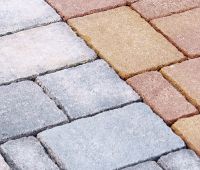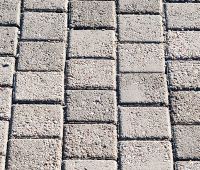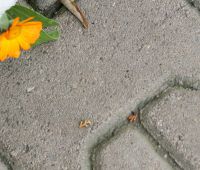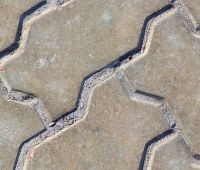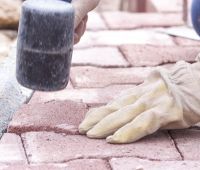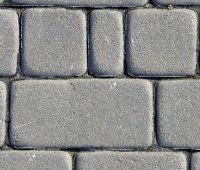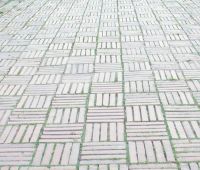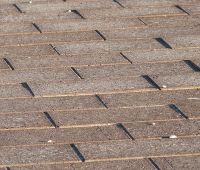Welcome to our Sidewalk Pavers Section!
Sidewalk PAVERS OVERVIEW
The most common types of pavers used for sidewalks include natural stones, bricks/clay, concrete, engraved, and even rubber. These sidewalk pavers provide different benefits and are used in specific areas where people frequently go, such as shopping malls, residential complexes, commercial buildings, car parks, and many others.
Among the benefits of using sidewalk pavers include enhanced appeal of areas leading to properties. Natural stone pavers are particularly favored because of their innate beauty and exquisite appeal. Sidewalks made of premium pavers also serve as buffer zones between pedestrians and vehicle traffic, hence ensuring safety. They can also protect gardens and allow you and your family or guests to roam around the various plantings without stepping on them.
Meanwhile, the available colors that you may choose from include khaki, sage, terracotta, caramel, beige, honeycomb, dark/light green, off-white, and aqua/apple green. The different paver shapes, on the other hand, include rectangle, square, circle, hexagon, cobblestone, and traditional brick. When cleverly combined, these paver options can be made to achieve designs resembling modern, Old World, and contemporary themes that can complement your property’s existing theme.Sidewalk PAVERS VIDEOS
If you wish to learn more about the great uses and benefits of sidewalk pavers, please take time to watch these interesting video.
Concrete Paver Sidewalk Installation - Still Motion
View Video »
Sidewalk PAVERS APPLICATIONS
The different sidewalk pavers are used in public and commercial applications. These paver types possess different characteristics and provide specific benefits. For city sidewalks, concrete and brick pavers are typically used by engineers since they are able to withstand high usage and have surfaces that are slip proof. At times, engraved pavers are also used on city sidewalks for commemorative or tribute purposes. For residential sidewalks, on the other hand, the common paver types used are natural stones, clay, bricks, and concrete.
A growing trend these days, meanwhile, is using rubber as sidewalk paving material. It’s not uncommon to see rubberized paver walkways in recreational areas, parks, and private residences because of their safety benefits. Their slip-resistant surfaces mean that the likelihood of a slip-and-fall accident is virtually eliminated. They are likewise deemed eco-friendly since they are made from 100 percent recycled rubber.
When it comes to maintenance needs, natural stone pavers can be easily maintained and cleaned. Their hard-wearing nature means that they can last for decades without cracking or breaking. Brick pavers are, likewise, low maintenance materials (the easiest to maintain, actually) that can be easily replaced when damaged. Using just warm soapy water and a scrubbing brush, brick sidewalk pavers can be kept looking great all year long. For concrete pavers, simple sealing and application of special cleaning agents are normally the only efforts needed to keep them in top condition. Lastly, for rubber pavers – they can be kept in great condition by simply using a high-pressure water hose to clean their surfaces. This must be done on a regular schedule to maintain the rubber pavers’ tip-top shape.
SIDEWALK PAVERS PHOTOS
Browse through these photos to see how Sidewalk Pavers can enhance your property's beauty and functionality. Click on the images below to view a larger display.
|
RESOURCES
Below is a list of Sidewalk Pavers Resources throughout the United States..: Manufacturers of Sidewalk Pavers:
Find Sidewalk Pavers Manufacturers in the USA >>
.: Suppliers of Sidewalk Pavers:
Find local Sidewalk Pavers Dealers in your area >>
.: Installers of Sidewalk Pavers:
Find local Sidewalk Pavers Contractors in your area >>



